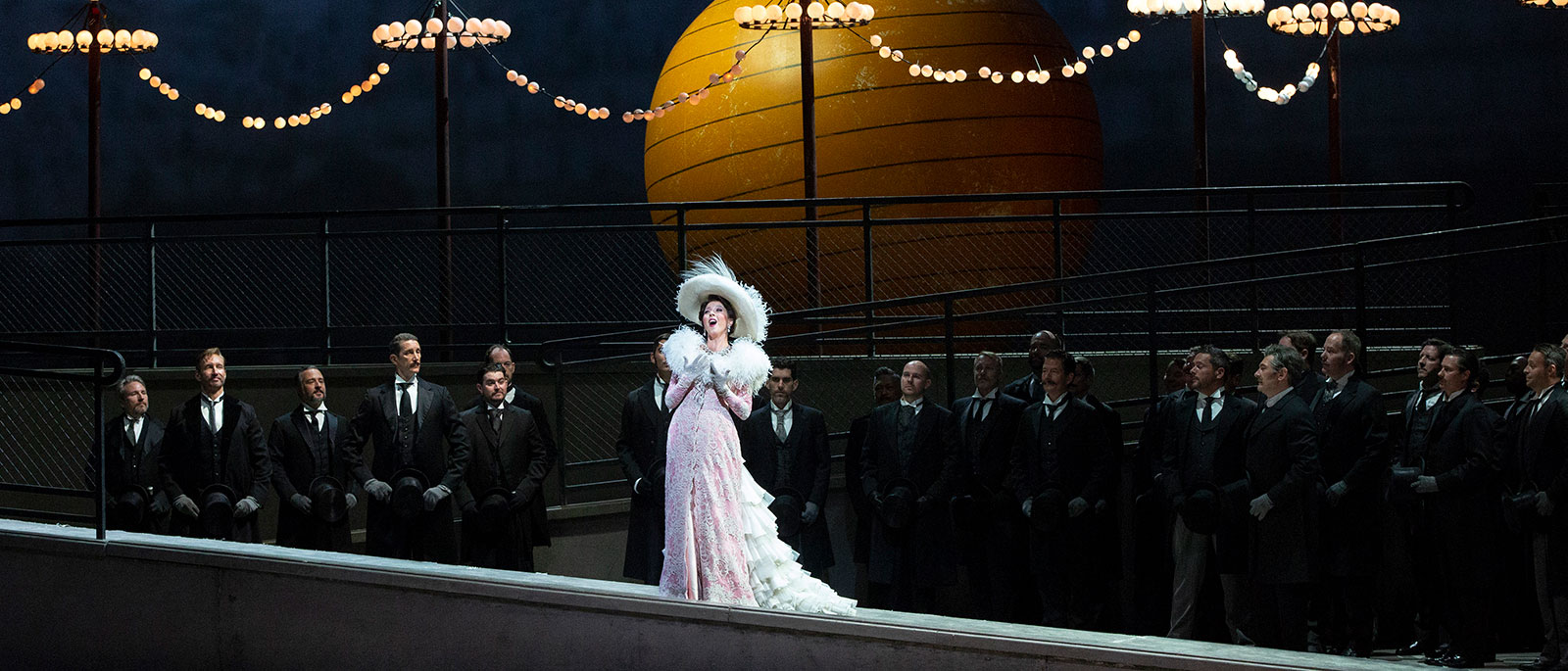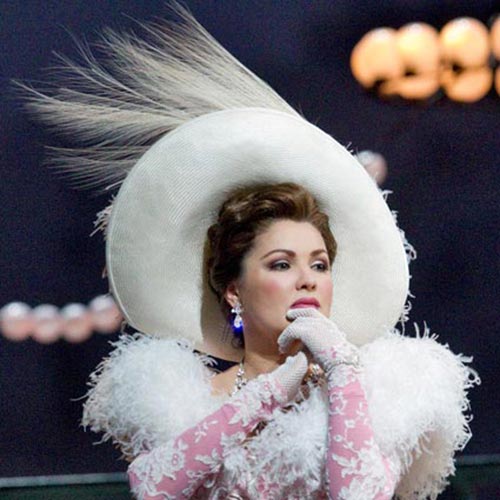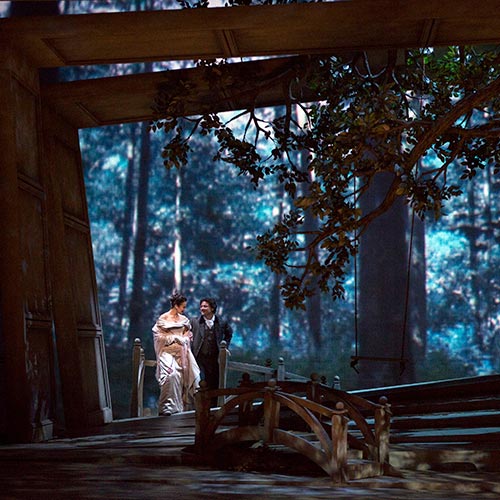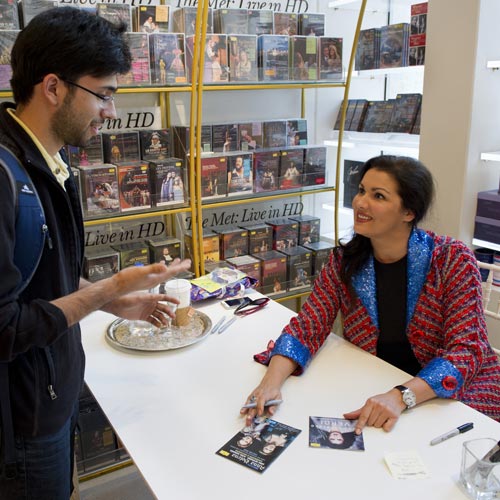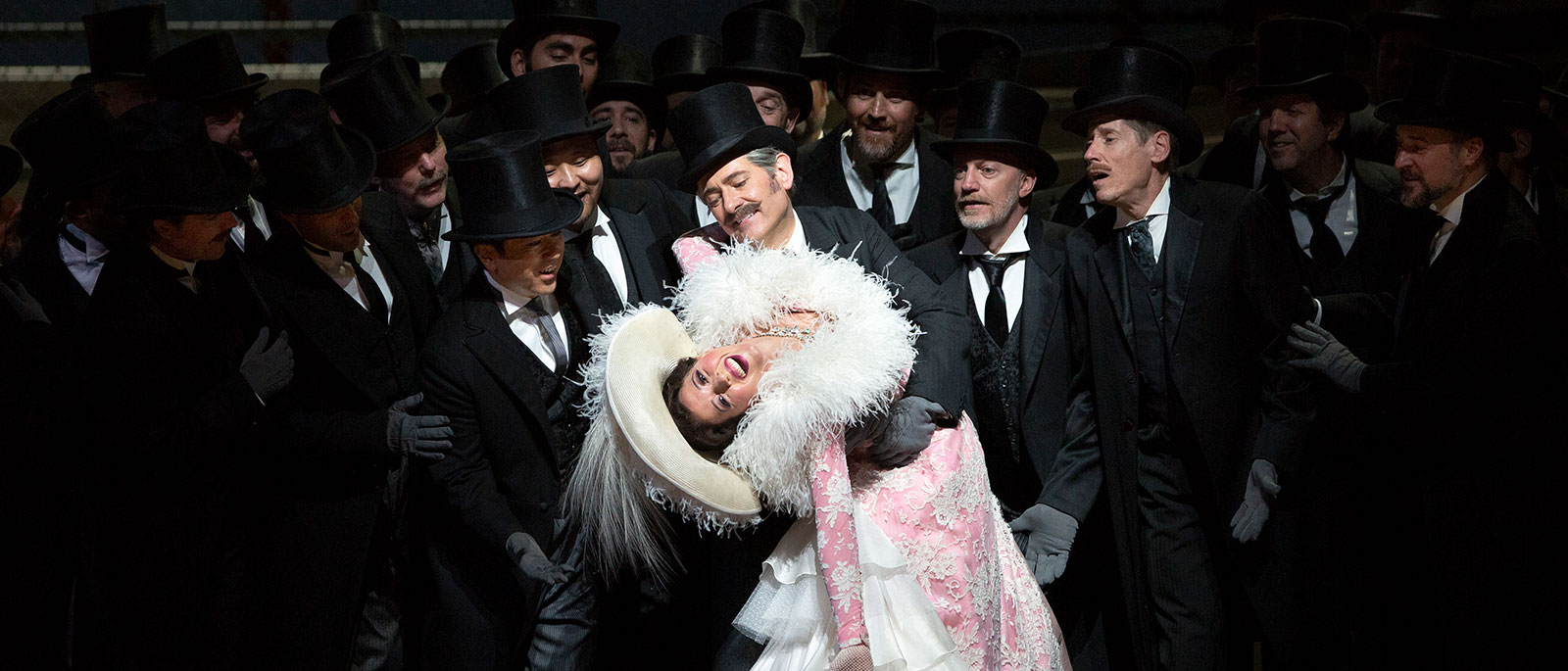
Jules Massenet
Manon
This production ran: Sep 24 - Oct 26
This production is in the past.
Overview
Exhilarating soprano Lisette Oropesa stars as the irresistible title character, the tragic beauty who yearns for the finer things in life, in Laurent Pelly’s revealing production. Tenor Michael Fabiano is the besotted Chevalier des Grieux, whose desperate love for Manon proves their undoing. Maurizio Benini conducts Massenet’s sensual score.
A co-production of the Metropolitan Opera; Royal Opera House, Covent Garden, London; Teatro alla Scala, Milan; and Théâtre du Capitole de Toulouse
Production a gift of The Sybil B. Harrington Endowment Fund
Languages
Languages sung in Manon
Sung In
French
Titles
Title languages displayed for Manon
Met Titles In
- English
- German
- Spanish
Timeline
Timeline for the show, Manon
Estimated Run Time
3 hrs 55 mins
-
House Opens
-
Acts I & II
75 mins
-
Intermission
30 mins
-
Act III
60 mins
-
Intermission
30 mins
-
Acts IV & V
40 mins
-
Opera Ends
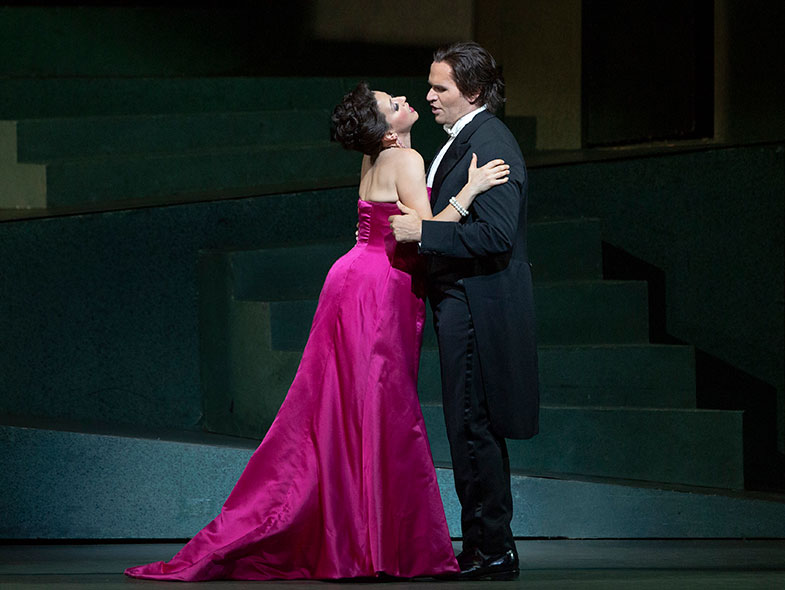
Premiere: Opéra Comique, Paris, 1884. A take on the quintessentially French tale of the beautiful young woman who is incapable of forsaking both love and luxury, Massenet’s Manon features one of the truly unforgettable, irresistible, and archetypal female characters in opera. While the story is firmly set in class and gender issues of the past, the character of Manon herself is timeless, convincing, and familiar. The opera has been a success ever since its premiere, championed by a diverse roster of singers who have cherished its dramatic opportunities, exalted style, and ravishing music.
Creators
Jules Massenet (1842–1912), a French composer wildly popular in his day, was noted for his operas, songs, and oratorios. While Manon has maintained a steady place in the repertory, in recent decades, several of his other operas, especially Werther (1892) and Thaïs (1894), have been performed more frequently. His librettists for Manon were Henri Meilhac (1831–1897) and Philippe Gille (1831–1901), who adapted the hugely influential novel L’Histoire du Chevalier des Grieux et de Manon Lescaut by the colorful Abbé Prévost (1697–1763).
PRODUCTION
Laurent Pelly
SET DESIGNER
Chantal Thomas
COSTUME DESIGNER
Laurent Pelly
LIGHTING DESIGNER
Joël Adam
CHOREOGRAPHER
Lionel Hoche
ASSOCIATE DIRECTOR
Christian Räth
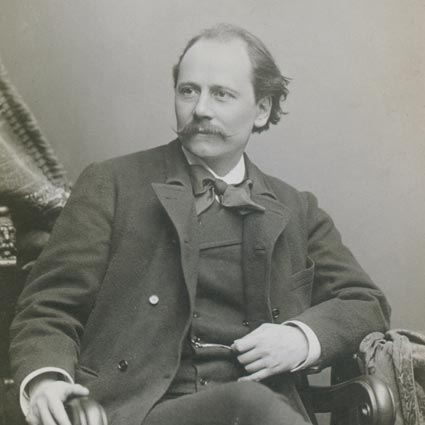
Composer
Jules Massenet
Videos
Setting
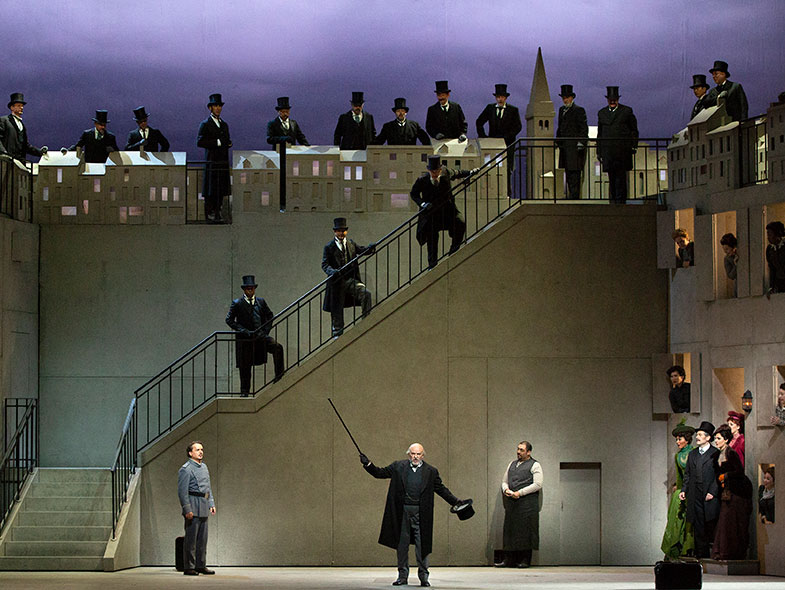
The opera is set in and around Paris, with familiar landmarks such as the church of St. Sulpice forming important reference points in the story. The opera was originally set in the early 18th century, but the Met’s current production places the story in the late 19th century, the so-called “Belle Époque” and the time when the opera was written.
Articles
Music
Massenet’s score captures the drama of his most memorable heroine with deft craftsmanship, expressive vocal and orchestral writing, and an almost unparalleled level of sensuality. There is no shortage of passion, but much of the music’s romance is different from what one would expect in an Italian opera, or even a more earthy French work such as Carmen. Some of the most dramatically (and erotically) charged passages rely on the simplest effects.
